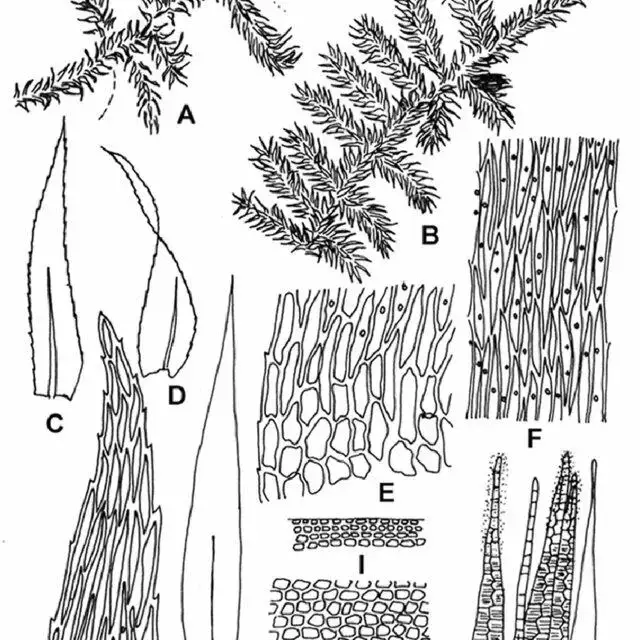
Figs-A-K-Barbella-rufifolia-Thwait-Mitt-Broth-A-dry-plant-667-B-wet_Q640.jpg from: https://www.researchgate.net/figure/Figs-A-K-Barbella-rufifolia-Thwait-Mitt-Broth-A-dry-plant-667-B-wet_fig1_239589720
Exploring the Fascinating World of Barbella spiculata (Mitt.) Broth. Moss
Introduction
Mosses are often overlooked, but they play crucial roles in ecosystems around the world. One particularly interesting species is Barbella spiculata (Mitt.) Broth., a moss in the Meteoriaceae family. In this blog post, we’ll dive into the details of this fascinating plant, from its morphology to its ecological importance. Get ready to discover the hidden world of Barbella moss!
Background
Barbella spiculata is a species of moss classified in the Bryophyta division and Bryopsida
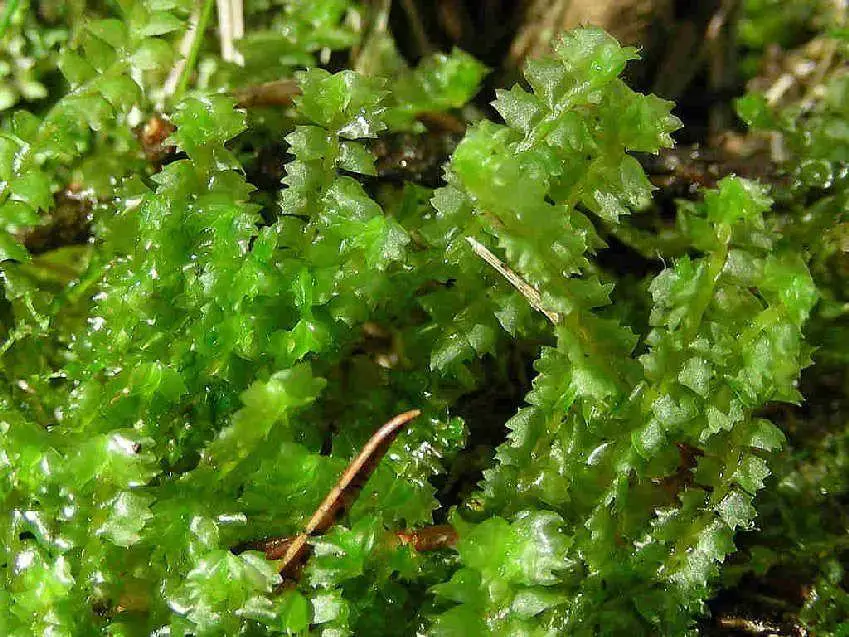
d73e200b9ba9dc7698ba19d9fe8873ad.jpg from: https://www.pinterest.co.uk/pin/barbilophozia-barbata–308637380693938715/
class. It belongs to the Meteoriaceae family, which contains over 300 species found in tropical and subtropical regions worldwide. The genus
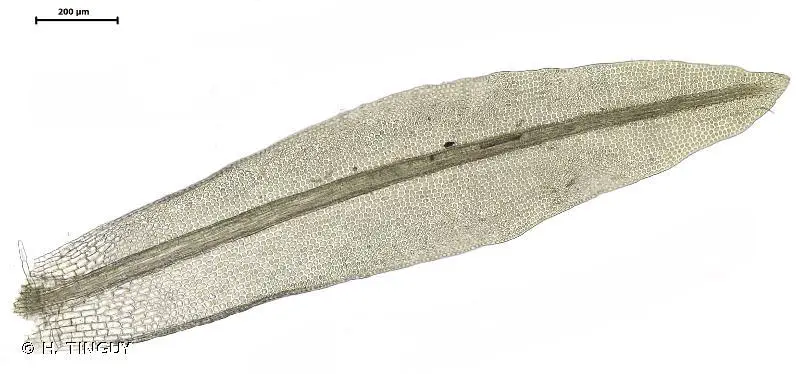
392442.jpg from: https://inpn.mnhn.fr/espece/cd_nom/5248
Barbella was named for the beard-like appearance of the moss.
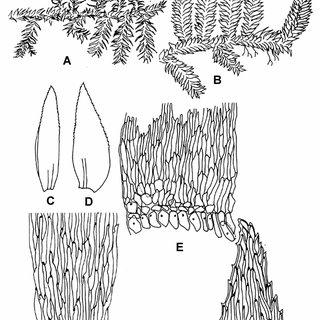
Symphyodon-erraticus-Mitt-Jaeg-A-dry-plant-667-B-wet-plant-667-C-D_Q320.jpg from: https://www.researchgate.net/figure/Symphyodon-orientalis-Mitt-Broth-A-dry-plant-667-B-wet-plant-667-C-leaf_fig1_242597571
Morphology and Identification
B. spiculata forms delicate, pendulous mats that hang from tree branches and logs. The main stem can reach 10-20 cm long and is covered in small, lance-shaped leaves arranged in a spiral pattern. The leaves have a distinct midrib and are often twisted when dry.
One key identifying feature is the presence of spicules, small protrusions on the leaf margins that give the species its name. The moss is yellowish-green in color and produces small, cylindrical capsules on short setae.
Global Distribution and Habitat
This moss has a wide distribution across tropical Asia, Australasia, and the Pacific Islands
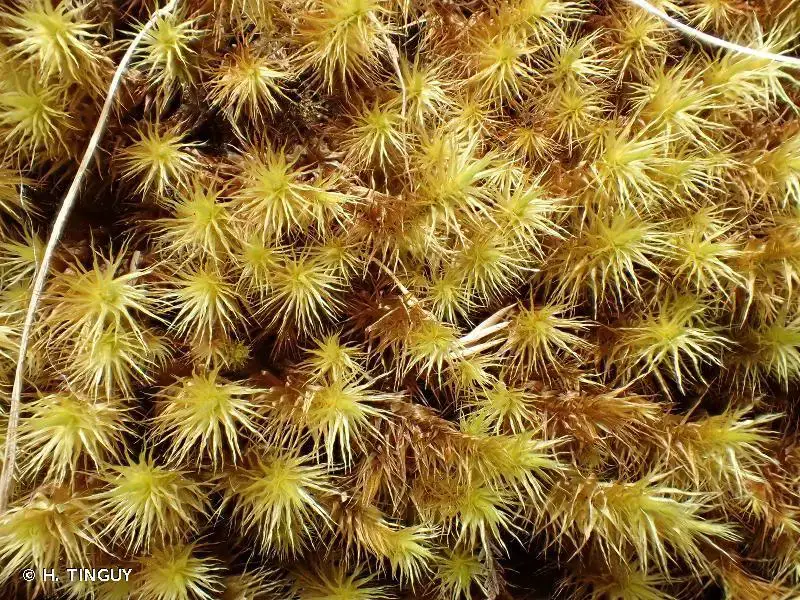
230080.jpg from: https://inpn.mnhn.fr/espece/cd_nom/4981
. It grows in moist, shaded habitats such as rainforests, often at elevations between 500-2500 meters.
B. spiculata is an epiphytic moss, meaning it grows on other plants (like trees) for support but does not parasitize them. It prefers humid microhabitats with high rainfall and moderate temperatures.
Ecological Roles and Adaptations
Like other mosses, B. spiculata plays important roles in its ecosystem:
Water and nutrient cycling: The moss mats absorb and retain water, regulating moisture in the forest. They also trap nutrients that can be used by other plants.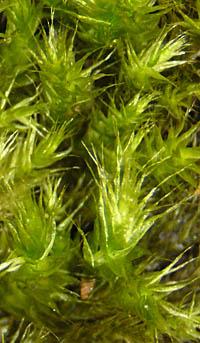
kusinohagoke-kawaki.jpg from: https://mikawanoyasou.org/koke/kusinohagoke.htm
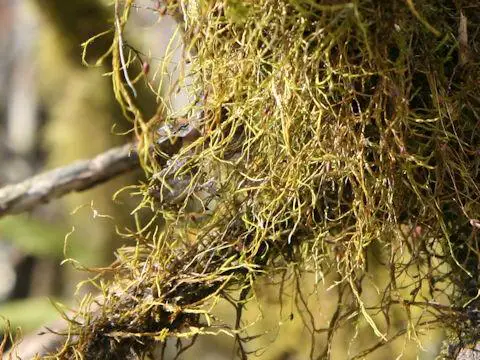
kiyosu_4.jpg from: https://www.botanic.jp/plants-ka/kiyosu.htm
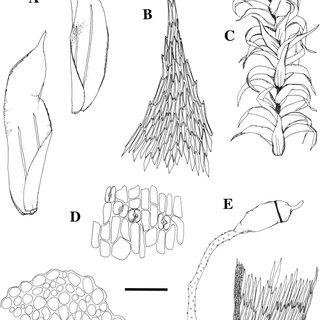
Lepidopilidium-devexum-Mitt-Broth-A-Lateral-leaves-B-Lateral-leaf-apex-C_Q320.jpg from: https://www.researchgate.net/figure/Lepidopilidium-devexum-Mitt-Broth-A-Lateral-leaves-B-Lateral-leaf-apex-C_fig2_280989042
Microhabitats: The dense growth provides shelter and habitat for various invertebrates and microorganisms.
Indicator species: Because mosses are sensitive to air and water quality, their presence or absence can indicate the health of an ecosystem.
B. spiculata has several adaptations for its epiphytic lifestyle:
- Pendulous growth form allows it to capture moisture from fog and mist
- Twisting leaves help reduce water loss when dry
- Rhizoids anchor the moss to bark and absorb nutrients and moisture

361cd7b2c6e913bc713ab84ca5330e57.jpg from: https://taieol.tw/pages/34891
Conclusion
From its beard-like appearance to its important ecological roles, Barbella spiculata
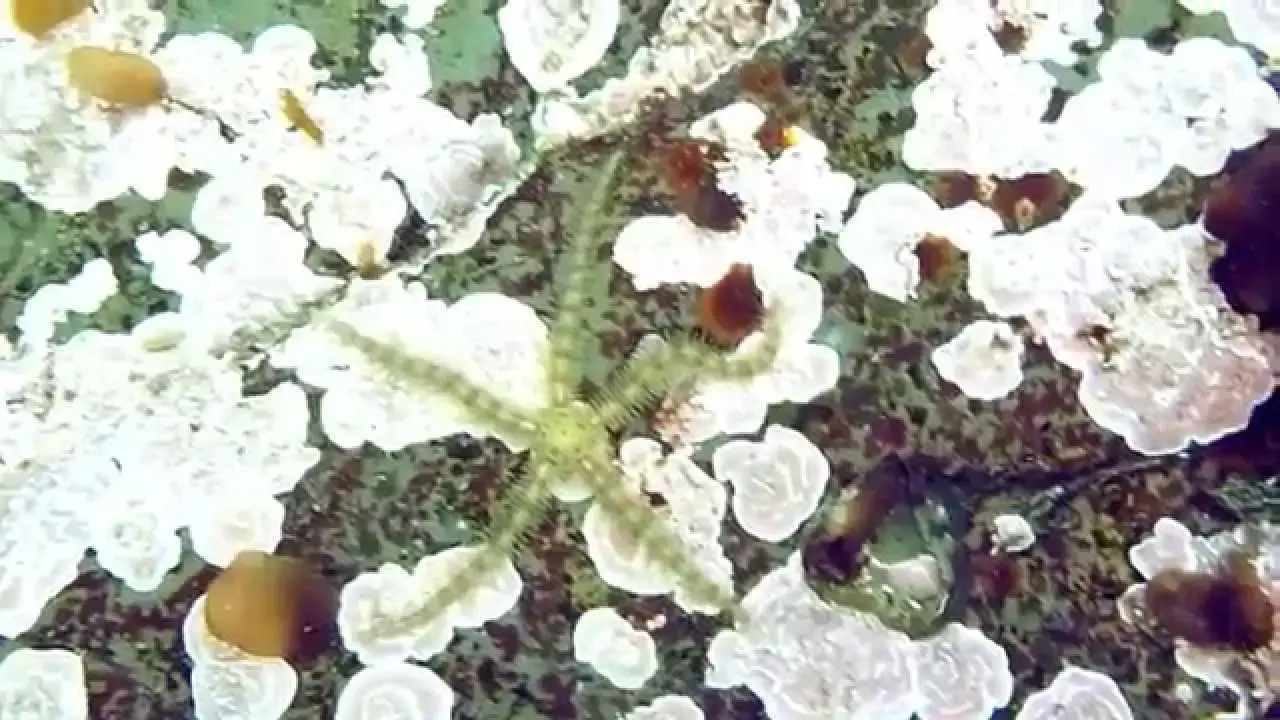
maxresdefault.jpg from: https://www.youtube.com/watch?v=xQY8asSw-wI
is a prime example of how even the smallest organisms can have a big impact. Next time you’re in a tropical forest, take a closer look – you might just spot this marvelous moss!
What other overlooked species do you think deserve more attention? Let me know in the comments.